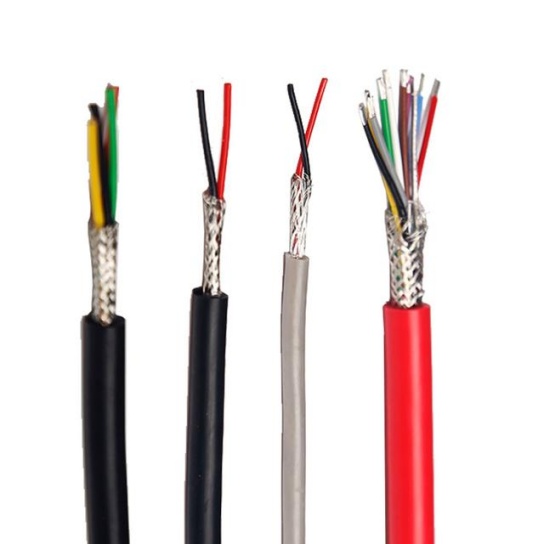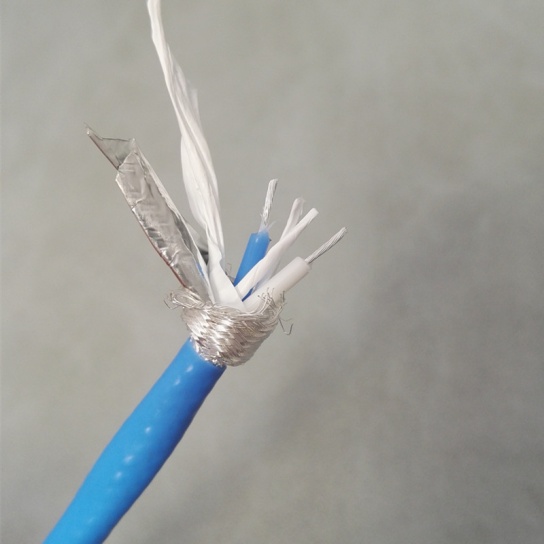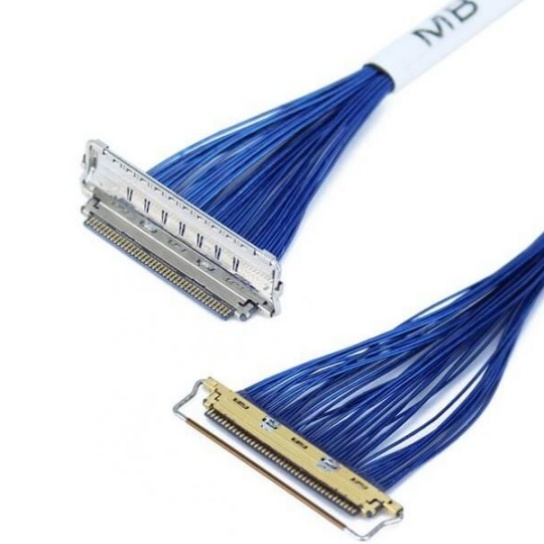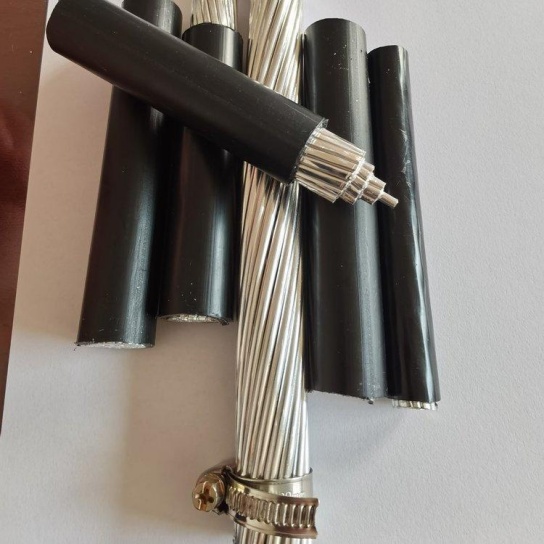Aircraft Cable Assemblies: Ensuring Data Transmission in Real-Time
In the aviation industry, real-time data transmission is not just a performance metric—it is a cornerstone of flight safety, operational efficiency, and passenger experience. From flight control systems adjusting altitude to engine health monitors tracking temperature spikes, every millisecond of data delay or corruption could lead to catastrophic consequences. At the heart of this critical data ecosystem lies a often-underappreciated component: aircraft cable assemblies. These integrated systems of conductors, insulators, and connectors serve as the “nervous system” of aircraft, ensuring that time-sensitive data flows seamlessly across all on-board systems.
1. Core Roles in Real-Time Aircraft Data Ecosystem
Aircraft cable assemblies support three high-stakes real-time data scenarios, each demanding zero latency and maximum reliability:
- Flight Control Systems (FCS): Autopilot, attitude control, and navigation systems rely on continuous data from gyroscopes, accelerometers, and GPS receivers. Cable assemblies here must transmit position, speed, and orientation data in <50ms—fast enough to enable the FCS to correct course or stabilize the aircraft mid-turbulence.
- Engine Health Monitoring (EHM): Modern jet engines generate 100+ data points per second (e.g., exhaust gas temperature, oil pressure, rotor speed). Cable assemblies connect EHM sensors to the aircraft’s central computer, allowing real-time alerts for anomalies (e.g., a sudden pressure drop) that could indicate impending failure.
- Air Traffic Control (ATC) & Cabin Communications: Data between the cockpit and ground ATC (e.g., flight plans, weather updates) and between the cabin and passengers (e.g., in-flight Wi-Fi) depends on low-loss cable assemblies. Even minor signal degradation here can disrupt ATC communications or render passenger connectivity unusable.
2. Critical Technical Requirements for Uninterrupted Transmission
To ensure real-time performance, aircraft cable assemblies must meet stringent aviation-specific standards—far beyond those of industrial or consumer cables:
- Electromagnetic Compatibility (EMC): Aircraft cabins are dense with electronic equipment (radars, avionics, entertainment systems) that emit electromagnetic interference (EMI). High-performance assemblies use double-layer shielding (aluminum foil + tinned copper braid) to block EMI, preventing data packet loss or corruption.
- Extreme Environmental Resistance: From -65°C (high-altitude cold) to 200°C (engine bay heat), cable insulation must remain stable. Materials like PTFE (Teflon) or FEP are standard, as they resist temperature fluctuations, fuel vapors, and moisture—all of which can degrade signal transmission.
- Mechanical Durability: Aircraft vibration (e.g., during takeoff) and physical stress (e.g., maintenance handling) can damage cables. Assemblies use stranded tinned copper conductors (for flexibility) and reinforced connectors (e.g., MIL-DTL-38999) with locking mechanisms to avoid accidental disconnection.
- Compliance with Aviation Standards: All components must adhere to globally recognized norms, such as SAE AS39029 (for general aviation cables) or ISO 19642 (for commercial aircraft), ensuring consistency in performance and safety.
3. Solving Common Challenges in Real-Time Transmission
Even with robust design, two key issues can hinder real-time data flow—and cable assemblies must address them proactively:
- Signal Attenuation: Over long cable runs (e.g., from the cockpit to the tail), high-frequency data (e.g., ATC radar signals) weakens. Assemblies mitigate this by using larger conductor cross-sections (e.g., 22 AWG vs. 24 AWG) and low-dielectric-constant insulators, reducing signal loss over distances up to 50 meters.
- Connector Reliability: Dirty or worn connectors are a top cause of data interruptions. Assemblies include gold-plated contacts (for corrosion resistance) and built-in visual indicators (e.g., color-coded latches) to confirm secure connections during maintenance.
FRS: Your Trusted Partner for Real-Time Aircraft Cable Assemblies
To meet these rigorous demands, FRS stands as a leading manufacturer of aircraft cable assemblies, dedicated to ensuring uncompromised real-time data transmission. With decades of aviation industry experience, FRS adheres to SAE, ISO, and MIL standards at every stage—from material selection (PTFE insulation, gold-plated connectors) to final testing (EMC chambers, temperature cycling, vibration trials). We offer custom solutions tailored to your system’s needs (e.g., engine-bay high-temperature assemblies or cockpit low-EMI cables) and prioritize traceability, providing full documentation for every assembly to simplify compliance audits. For airlines, OEMs, and maintenance teams, FRS delivers reliability you can count on—because in aviation, every millisecond of real-time data matters. Whether upgrading existing aircraft or building next-gen systems, FRS ensures your “nervous system” never fails.






